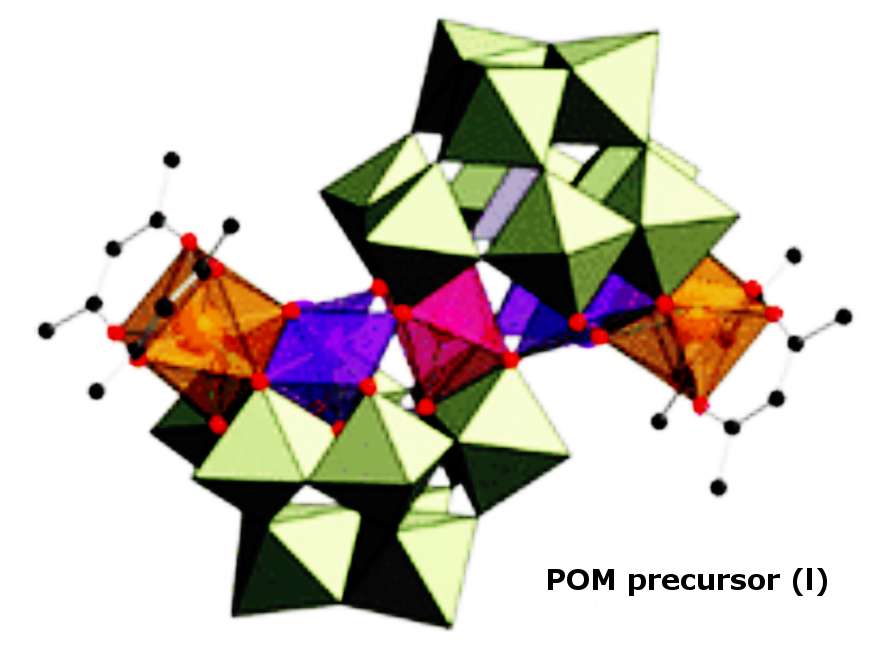The Cronin group recently developed the Modular Wheel Platform (MWP), a tool for automated screening of reaction conditions that led to the discovery of giant POMs [1]. This system was used for one-step, one-pot condensation reactions of metal sources.
To reduce the time and effort required for the discovery of heteromultinuclear metal clusters, Leroy Cronin, The University of Glasgow, UK, Kosuke Suzuki, The University of Tokyo, Japan, and Japan Science and Technology Agency, Saitama, and colleagues have extended the methodology for stepwise synthesis. The method uses a custom-built automated workflow and explores numerous reaction conditions for constructing heteromultinuclear metal oxo clusters in polyoxometalates (POMs). The low-cost, high-throughput platform is modular in terms of both hardware and software, and multiple reactions can be performed with in-line analysis.
New nonanuclear tetrametallic oxo clusters {FeMn4}Lu2A2 in TBA5[(A-α-SiW9O34)2FeMn4O2{Lu(acac)2}2A2] (IIA; A = Ag, Na, K; TBA = tetra-n-butylammonium; acac = acetylacetonate) were discovered by the installation of diamagnetic metal cations A+ into a paramagnetic {FeMn4}Lu2 unit in TBA7[(A-α-SiW9O34)2FeMn4O2{Lu(acac)2}2] (I).

To achieve the automated stepwise synthesis using POM I, synthesis conditions, including temperature, reaction time, and stirring rate, must be controlled in all reaction vessels. In addition, accurate control of screening parameters, including concentration of POM solutions, types and equivalents of metal cations added, and the amount of poor solvent against synthetic solution for crystallization, are important to assess reactivity. The Modular Wheel Platform (MWP) allows the digitalization of these parameters and accurately transmits them to the reaction vessels. The system uses in-house software written in Python to control the hardware via Arduino.
The method enabled the discovery of three new single-molecule magnets (SMMs), including the structure with the highest energy barrier for magnetization reversal (Ueff) among transition metal-containing POMs reported to date. The scientists emphasize that the discoveries made in this study were not achieved by random molecular assembly using mononuclear metal sources, but by a series of predictable sequential, multistep reactions.
- Robotic Stepwise Synthesis of Hetero-Multinuclear Metal Oxo Clusters as Single-Molecule Magnets,
Takuo Minato, Daniel Salley, Noritaka Mizuno, Kazuya Yamaguchi, Leroy Cronin, Kosuke Suzuki,
J. Am. Chem. Soc. 2021.
https://doi.org/10.1021/jacs.1c06047
[1] D. Salley, G. A. Keenan, D.-L. Long, N. L. Bell, L. Cronin, A modular programmable inorganic cluster discovery robot for the discovery and synthesis of polyoxometalates, ACS Cent. Sci. 2020, 6, 1587. https://doi.org/10.1021/acscentsci.0c00415




